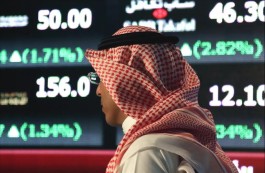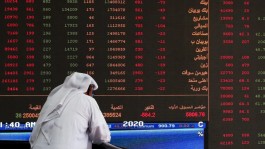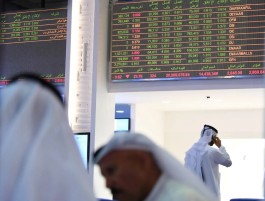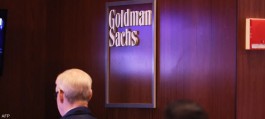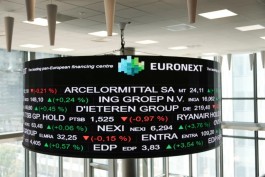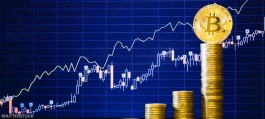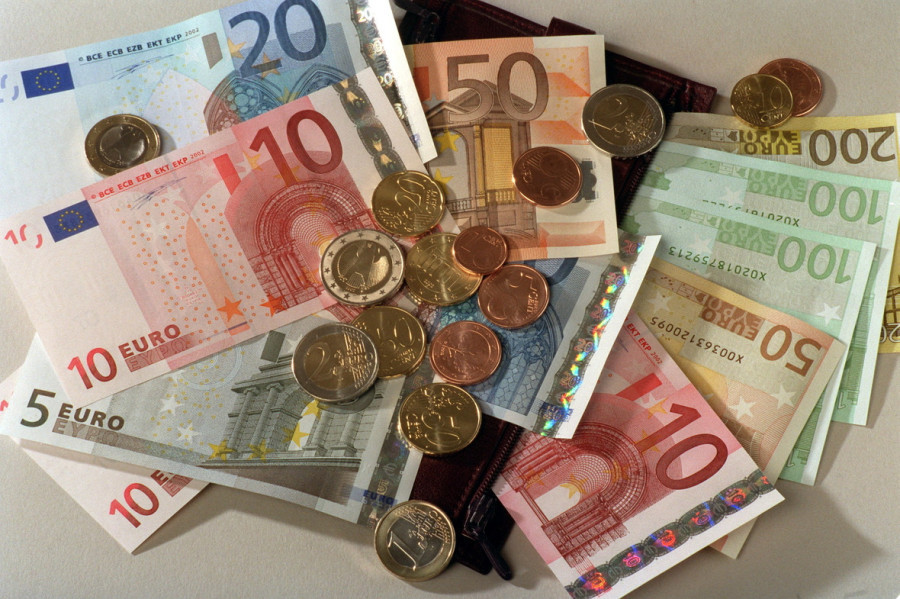The euro rose in the European market on Friday against a basket of global currencies, resuming its gains that stopped yesterday against the US dollar due to correction operations and profit-taking from the highest level in five months.
The single European currency is on its way to achieving its second consecutive monthly gain, thanks to hopes of reducing the current gap in interest rates between Europe and the United States, which increased following the recent monetary policy meetings of the European Central Bank and the Federal Reserve Board.
The euro is about to achieve its first annual gain in the last three years against the dollar, thanks to the European Central Bank, which was more aggressive throughout the year compared to the Federal Reserve, which led to reducing the wide gap in interest rates between Europe and the United States.
Euro exchange rate today
The euro rose against the dollar by 0.2% to $1.1084, from the opening price of $1.1061, and recorded today’s lowest level at $1.1059.
Yesterday, Thursday, the euro lost 0.4% against the dollar, the first loss in the last five days, due to correction and profit-taking operations, after recording earlier in trading the highest level in five months at $1.1139.
Monthly transactions
Over the course of December trading, which officially ends when prices are settled today, the single European currency, the euro, is up until now by about 1.8% against the US currency, the dollar, and is about to achieve its second consecutive monthly gain.
The interest rate gap between Europe and the United States is currently at 100 basis points, the smallest gap since May 2022, and is expected to narrow below that starting in March 2024, the likely timing of the first US interest rate cut.
The European Central Bank's stance, which was more stringent than what was expected in the markets, reduced the possibility of cutting European interest rates early next year, specifically during the first half of 2024.
The European Central Bank said during its December meeting that future monetary policy decisions ensure that interest rates are set at sufficiently restrictive levels as long as this is necessary.
The European Central Bank explained that its decisions regarding interest rates will depend on its assessment of inflation expectations in particular in light of incoming economic and financial data, the dynamics of core inflation and the strength of monetary policy transmission.
European Central Bank President Christine Lagarde said: The time has not yet come to talk about lowering interest rates, explaining that despite the slowdown in inflation, there is a measure that has not decreased sufficiently and is moving stably, which is household inflation, which is not moving in a satisfactory manner.
On the other hand, the Federal Reserve announced earlier this month the end of the current cycle of raising US interest rates in the United States, and indicated the start of discussions to lower interest rates during 2024.
Annual transactions
Over the course of 2023 transactions, which officially end when prices are settled today, the euro is up by more than 2.5% against the US dollar, on track to achieve the first annual gain in the last three years.
The European Central Bank has been more aggressive throughout this year than the Federal Reserve, raising interest rates during six meetings by about 200 basis points from 2.5% to 4.5%, the highest level in 22 years.
While the Federal Reserve raised interest rates during only four meetings, equivalent to about 100 basis points, from 4.5% to 5.5%, the highest level since 2001.
Accordingly, the gap in interest rates between Europe and the United States narrowed from 200 basis points at the beginning of 2023 to 100 basis points at the end of it, which favored an increase in the price of the euro against the dollar in the foreign exchange market.









